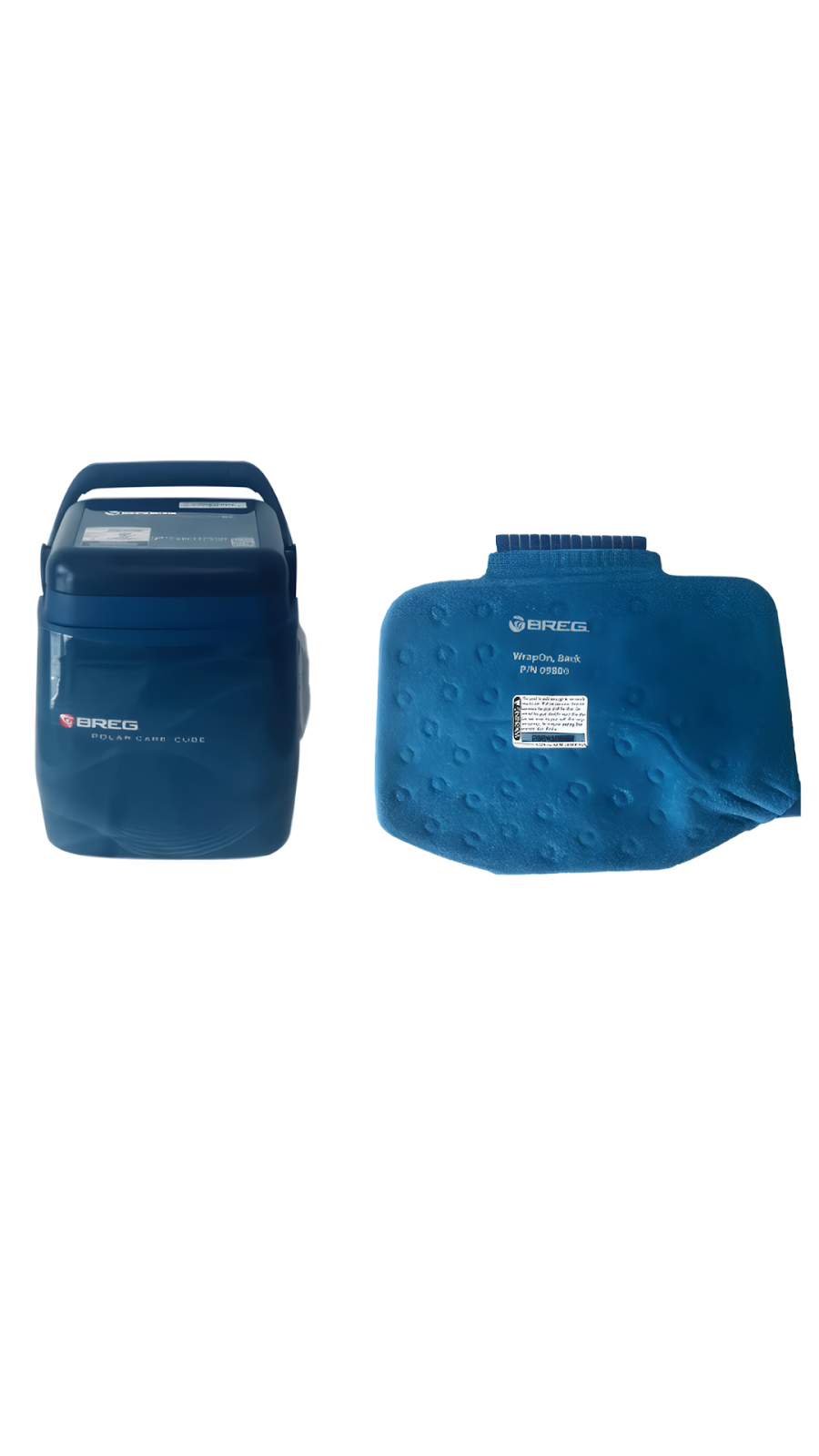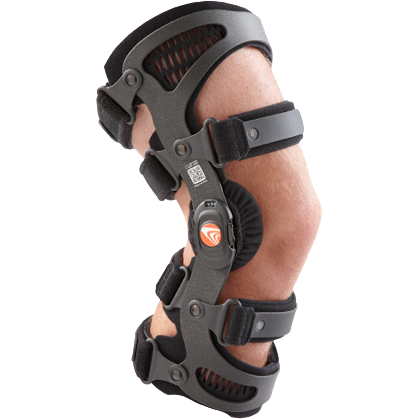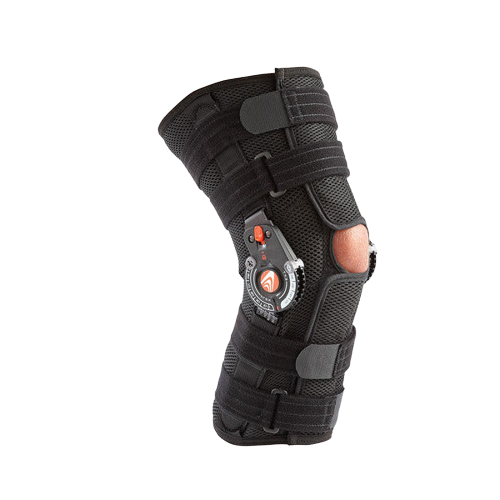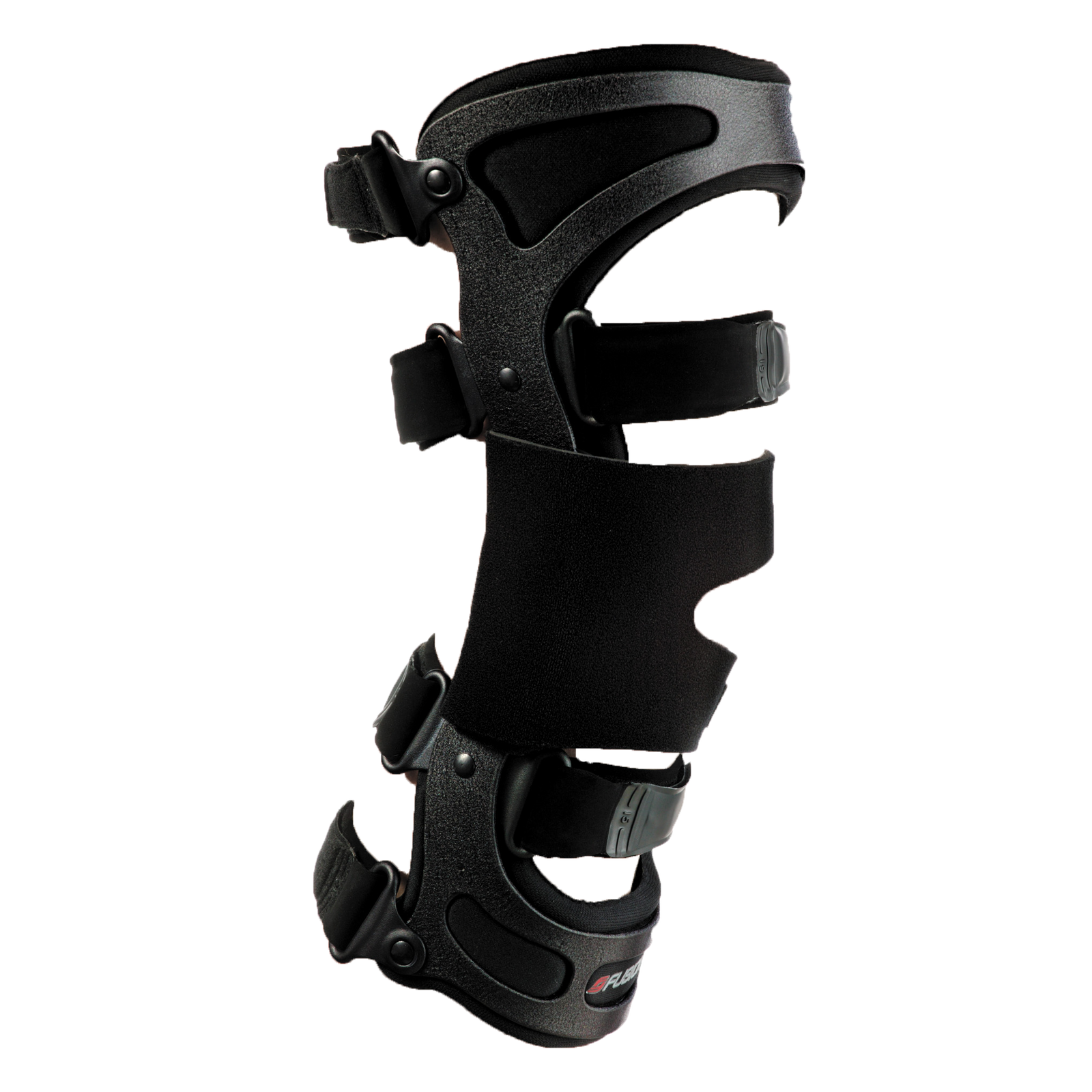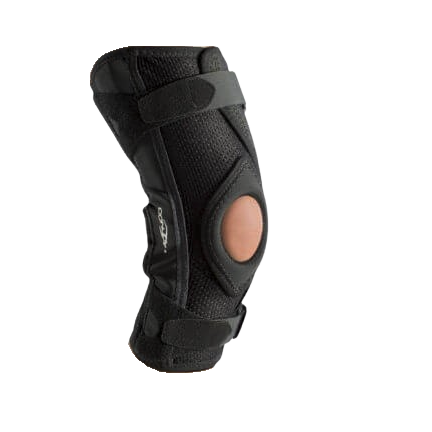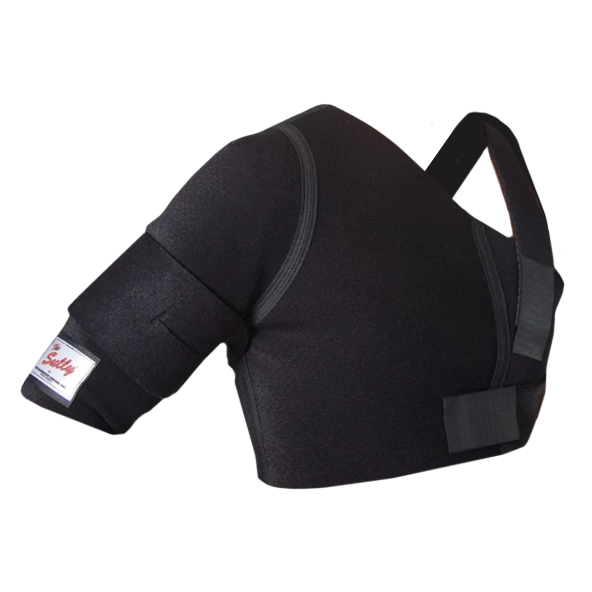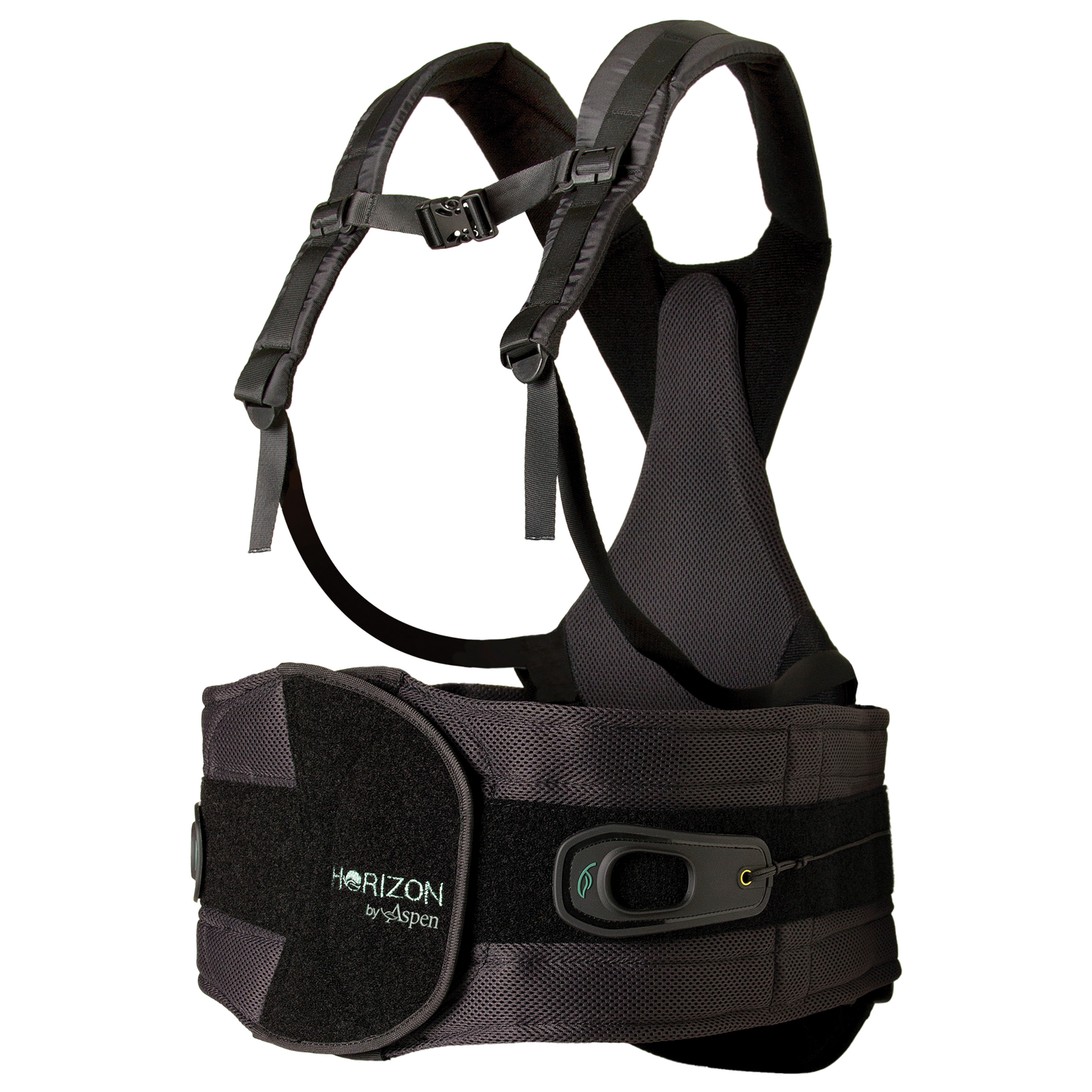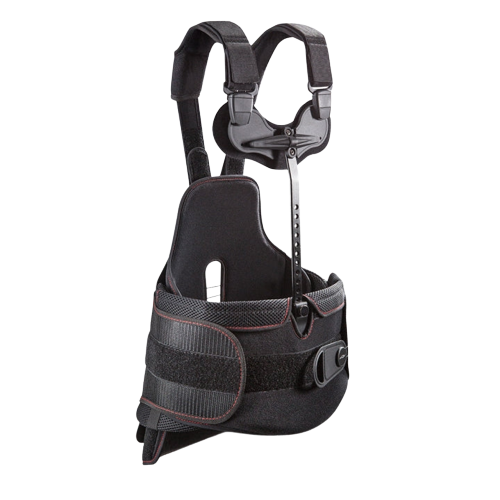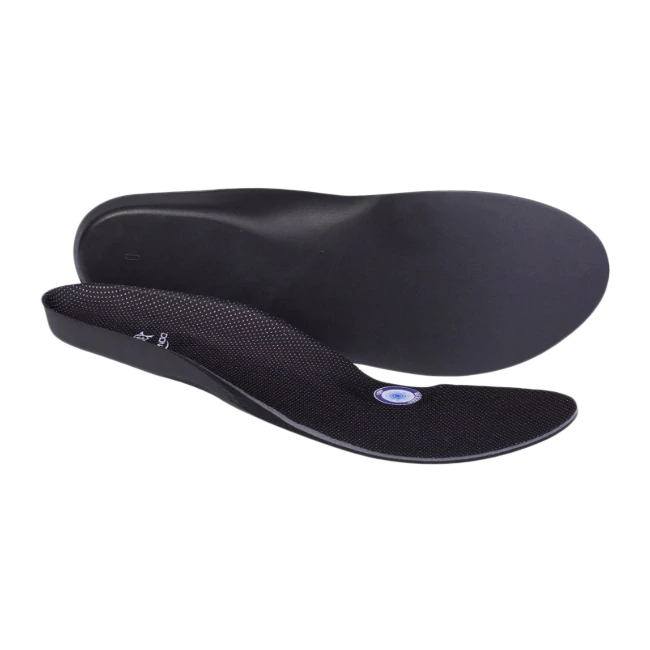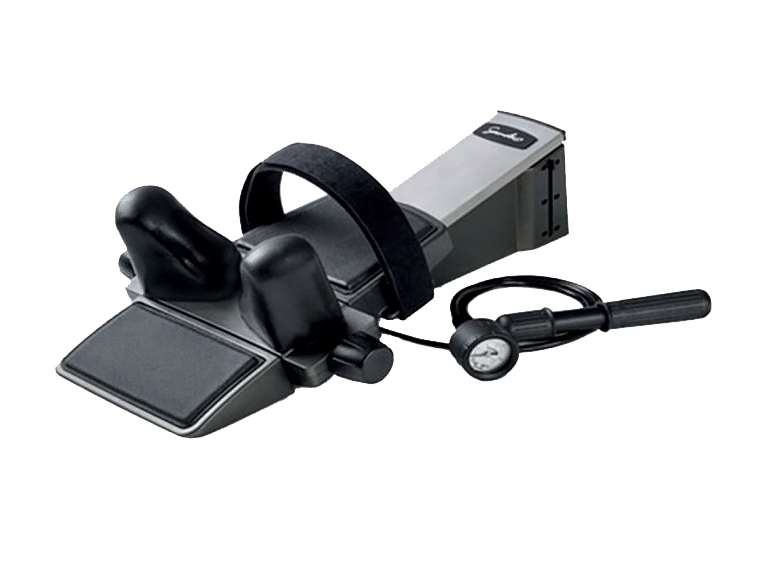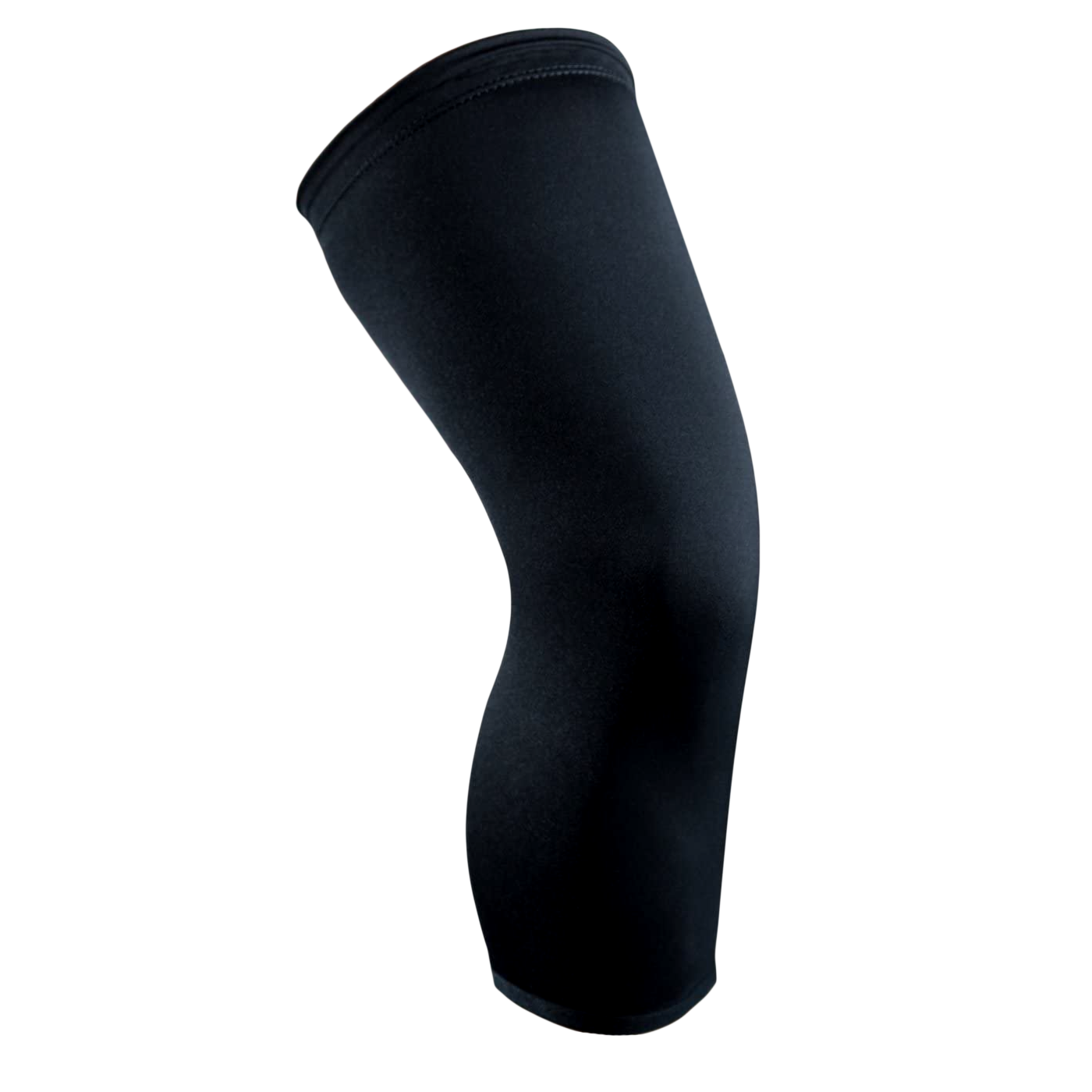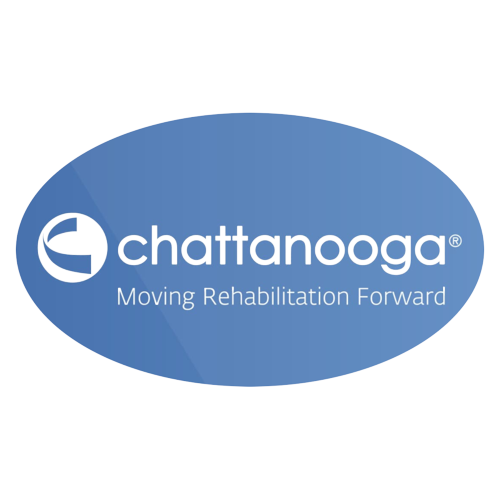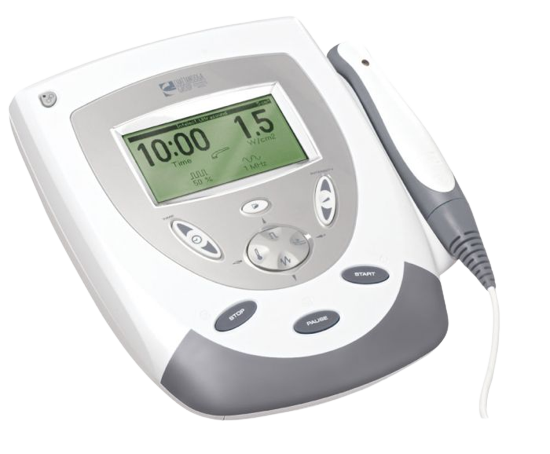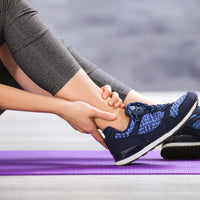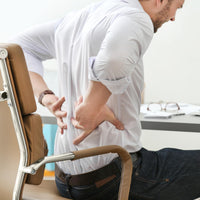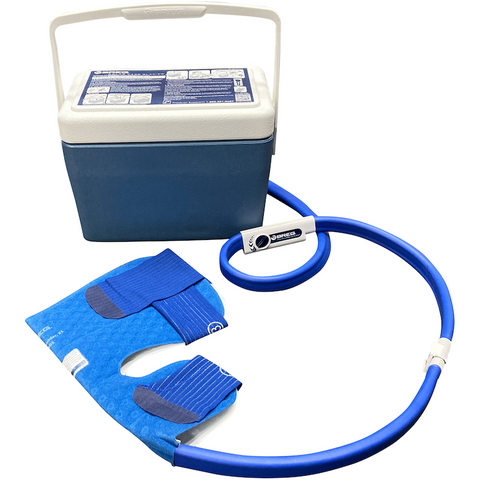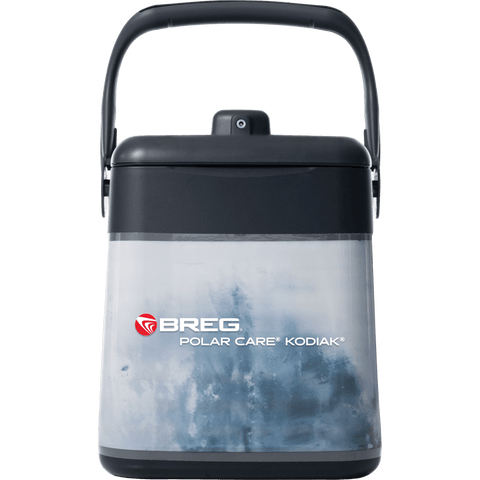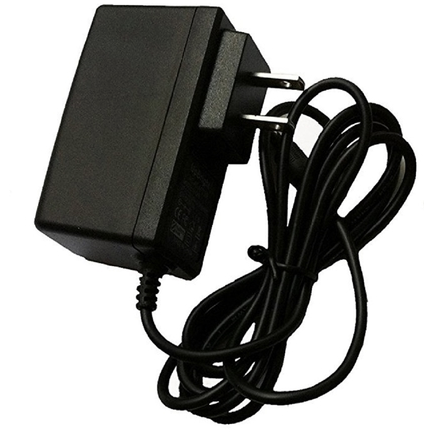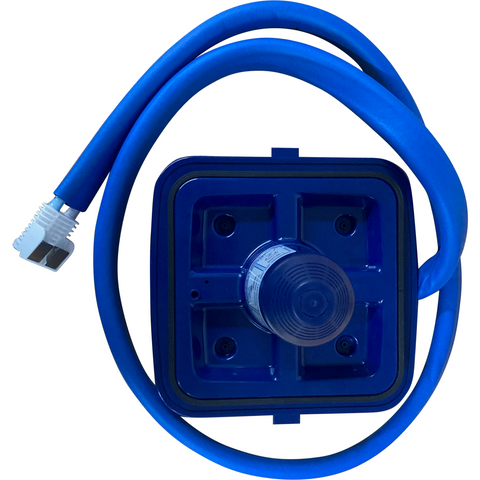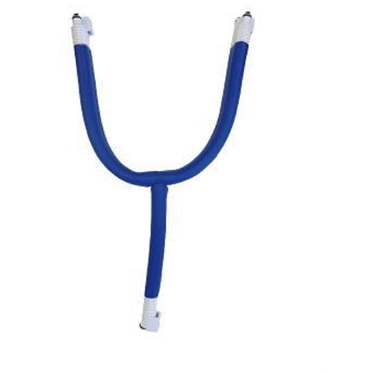
When should you use cold therapy? And what’s the difference between cold therapy vs heat therapy?
Cold therapy and heat therapy are equally beneficial for the mind and body. These temperature-dedicated therapies are not interchangeable, though. For example, there are times when heat therapy can cause additional damage to the body rather than help, whereas cold therapy can reduce swelling and pain.
In this article, we dive into when to do cold water therapy or heat therapy, what benefits each therapy provides, and how to obtain the benefits of cold therapy.
The Differences Between Cold Therapy vs Heat Therapy
In regards to cold therapy vs heat therapy. Cold therapy should be used after a workout, not before, as you need to warm up the muscles for elasticity and flexibility to prevent injury. On the other hand, heat therapy can be used before or after a workout, though cold therapy is best post-workout to help muscles heal faster. To learn more about the difference between cold therapy vs heat therapy, find out more below!
What is Cold Therapy?
Cold therapy, also known as cryotherapy, exposes the body, or body part, to extreme cold for a selected amount of time. It reduces blood flow to an area to reduce inflammation, which can cause various issues, like soreness.
There are various methods of administering cold therapy to distribute it to select body parts or even the whole body. One of the most common ones is frozen bags of food or ice packs to target body parts. In addition, ice baths have become viral for full-body cold therapy with athletes or those looking to test their ability to withstand frigid temperatures.
The benefits that coincide with cold therapy are emphatic. Some benefits include reducing arthritis pain and treating skin conditions like atopic dermatitis.
What is Heat Therapy?
Heat therapy, also known as thermotherapy, improves circulation and blood flow by using high temperatures.
Like cold therapy, heat therapy can be applied to a specific area or the entire body. This type of temperature therapy is commonly used for pain management as the heat increases elasticity in the muscles, helping to soothe stiffness and discomfort caused by tight muscles. Some other benefits of heat therapy include increased range of motion and reduced pain.
When Should You Use Cold Therapy vs Heat Therapy?
Cold therapy and heat therapy offer different benefits. They are not interchangeable, as there are instances when heat therapy can do further damage to an injury where cold therapy can help. Continue reading to find out when it's best to use cold therapy vs heat therapy!
When to do Cold Water Therapy
Cold therapy is most beneficial when applied immediately after intense training sessions or events instead of used after every training session. It is also helpful to use cold therapy long-term for athletes and those who have suffered from an injury or are recovering post-surgery.
For those who have suffered from chronic pain or an injury, cold water therapy can be used 2-3 times a week to start. It is best to start small to become accustomed to cold therapy to see how you and your body can withstand the frigid temperatures. If results have progressed, it can be moved up to 4-5 times a week.
When to do Heat Therapy
Heat therapy is best applied before a training session to warm up the muscles and joints. It can also treat muscle spasms, reduce aches and pains (think a hot bath), and ease stiffness.
If you have one specific area that needs to be targeted, apply heat therapy with a heat patch or heated compress pad. For overall aches and pains, a hot bath can be great for soothing soreness by promoting circulation to relieve the body of the buildup of lactic acid.
When Should You do Both Cold Therapy and Heat Therapy?
It is best to use cold and heat therapy when treating an injury. Cold therapy should be used within 1-2 days after an injury to help reduce swelling. Then, heat therapy should be applied to encourage circulation for nutrient-rich blood flow to reach the injured area to promote healing.
The two can be rotated for each type’s respective benefits when targeting issues like stiffness and soreness or desiring to reduce inflammation and loosen the muscles.
When Should You do Neither Cold Therapy Nor Heat Therapy?
Heat therapy should not be used for those with conditions such as dermatitis, multiple sclerosis, or diabetes. It should also not be applied for acute injuries like fractures, muscle sprains, and strains. Instead, this therapy is best used for issues such as arthritis, muscle stiffness, soreness, or 72 hours after an acute injury.
Do not use cold therapy on stiff muscles or joints or during pregnancy. In addition, if you have a health condition such as diabetes, high blood pressure, heart disease, or poor circulation, you should consult your doctor before proceeding with cold therapy.
Tips for Getting Started With Cold Therapy
When getting started with cold therapy, there are some tips you don’t want to miss out on that can help enhance the quality of cold therapy treatment. Keep reading to find out more!
Confirm That You’re a Good Candidate for Cold Therapy
Before starting cold therapy, you must ensure you are a good candidate to provide safe treatment.
Cold therapy is excellent for athletes and can effectively soothe the muscles, reduce swelling, prevent muscle spasms, and reduce pain. If you struggle with chronic pain from arthritis, fibromyalgia, old or recovering injuries, or mental conditions such as depression or anxiety, cold therapy can be beneficial to you!
Invest in Quality Cold Therapy Machines
To obtain the maximum benefits through cold therapy, investing in quality cold therapy machines is the best option for you!
The Breg Polar Care Glacier is an ultra-quiet alternative to other cold therapy machines. It can be used on any body part when paired with the Breg replacement parts designed for various parts of the body. In addition, it’s incredibly user-friendly, making it easy to reduce swelling and bruising and protect against inflammation.
The Breg Polar Care Kodiak utilizes cold compress technology to promote faster recovery while reducing pain. As a more compact option, this cold therapy machine can be a dependable option for quick and efficient cold therapy applications. The anatomic wraps and pads can be used on any body part, offering 6-8 hours of circulation cold therapy. Its easy-to-use, compact style makes it perfect for use on the go, at home, or in the office.
The Breg Polar Care Wave uses motorized cold therapy with active compression paired with anatomic pads for various body parts, such as the back and ankle. This active compression, paired with cold therapy, speeds up healing, reduces pain, and decreases narcotic use post-operatively. Made for easy transportation, this cold therapy machine can be used at home or in the office for better availability of this powerful tool.
The Breg Polar Care Cube offers reliability and easy transportation. By adding ice and water, anywhere from 6-8 hours worth of cold therapy can benefit from this cold therapy machine. This tool is best used for those experiencing inflammation, pain, or an injury connected to a muscular condition. Additionally, it can benefit anyone post-operation and struggle with chronic pain.
We offer more information on how long to use Breg Polar Care Cube or how to use Breg Polar Care Cube for knee for a smooth and straightforward cold therapy process.
Grab Necessary Accessories for Enhancing Your Treatment
The Breg Polar Care accessories are designed to function with the Wave, Kodiak, Glacier, and Cube product lines made by Breg. From universal reusable ice bag packs to reusable ice cubs, the Breg accessories are recommended to be paired with Breg products for efficiency and to save money with reusable products.
At OrthoBracing, we are an authorized dealer of Breg products. We offer same-day shipping so that you can receive the outstanding benefits of cold therapy as soon as possible!
How Long To Use The Cold Therapy Machine
We recommend speaking with your doctor about frequency and how long you should use Breg’s cold therapy machines per session. A healthcare practitioner can provide a customized prescription for your specific needs to ensure benefits are received, and no damage is caused.
How To Maximize Cold Therapy Benefits
To maximize cold therapy benefits, dedicate time to practicing lifestyle habits. Sleep and nutrition are vital factors that can speed up recovery and reduce inflammation.
Without quality sleep, the body doesn’t have time to repair and recover. By promoting quality sleep, you are helping the body to restore and protect itself. Nutrition is also an effective tool in reducing inflammation. Some foods with anti-inflammatory properties, like ginger and turmeric, can actively target and reduce inflammation.
These two factors can be conducive to maximizing the benefits of cold therapy by improving the healing process and reducing inflammation.
Final Thoughts on When to do Cold Water Therapy vs Heat Therapy
Cold and heat therapy empower outstanding mental and physical health benefits, but they are not interchangeable. Each should be applied at select instances. An example would be treating a fresh injury, so the therapies can promote a smooth-running healing process while reducing pain.
At OrthoBracing, we have all the Breg products you need to obtain the excellent benefits of cold therapy. Whether you wish to reduce inflammation, soothe sore muscles, or target arthritis pain, you don’t want to miss out on the benefits of cold therapy. And with Breg’s easy-to-use, portable cold therapy machines, you can get started using cold therapy at your home or the office today!

